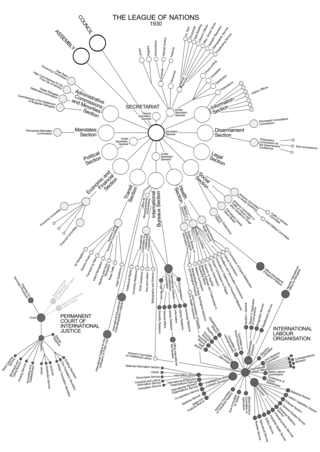Participants
As of 2013, there are 99 countries that have signed, acceded to, ratified, succeeded to, or otherwise committed to participation in the conventions as amended, and its subsequent protocol. The countries and the year of their first commitment to participation are as follows:
Afghanistan (1954), Albania (1957), Algeria (1963), Australia (1953), Austria (1954), Azerbaijan (1996), Bahamas (1976), Bahrain (1990), Bangladesh (1985), Barbados (1976), Belarus (1956, as the Byelorussian SSR), Belgium (1962), Bolivia (1983), Bosnia and Herzegovina (1993), Brazil (1966), Cameroon (1984), Canada (1953), Chile (1995), China (1955), Croatia (1992), Cuba (1954), Cyprus (1986), Denmark (1954), Dominica (1994), Ecuador (1955), Egypt (1954), Ethiopia (1969), Fiji (1972), Finland (1954), France (1963), Germany (1973), Greece (1955), Guatemala (1983), Guinea (1963), Hungary (1958), India (1954), Iraq (1955), Ireland (1961), Israel (1955), Italy (1954), Jamaica (1964), Jordan (1959), Kazakhstan (2008), Kuwait (1963), Kyrgyzstan (1997), Lesotho (1974), Liberia (1953), Libya (1957), Madagascar (1964), Malawi (1965), Mali (1973), Malta (1966), Mauritania (1986), Mauritius (1969), Mexico (1954), Monaco (1954), Mongolia (1968), Montenegro (2006), Morocco (1959), Myanmar (1957), Nepal (1963), Netherlands (1955), New Zealand (1953), Nicaragua (1986), Niger (1964), Nigeria (1961), Norway (1957), Pakistan (1955), Paraguay (2007), Papua New Guinea (1982), Philippines (1955), Romania (1957), Russia (1956) (as the Soviet Union), St Lucia (1990), St Vincent and the Grenadines (1981), Saudi Arabia (1973), Serbia (2001, as Serbia and Montenegro), Sierra Leone (1962), Solomon Islands (1981), South Africa (1953), Spain (1927), Sri Lanka (1958), Sudan (1957), Sweden (1954), Switzerland (1953), Syria (1954), Tanzania (1962), Trinidad and Tobago (1966), Tunisia (1966), Turkey (1955), Turkmenistan (1997), Uganda (1964), Ukraine (1959, as the Ukrainian SSR), United Kingdom (1953), United States (1956), Uruguay (2001), Viet Nam (1956), Yemen (1987), Zambia (1973)




